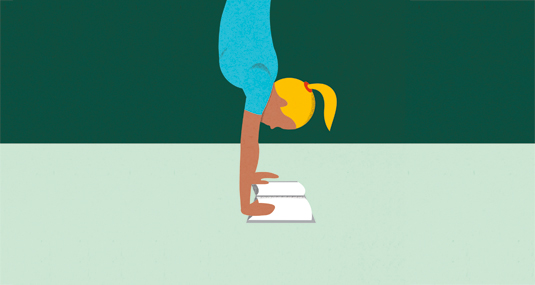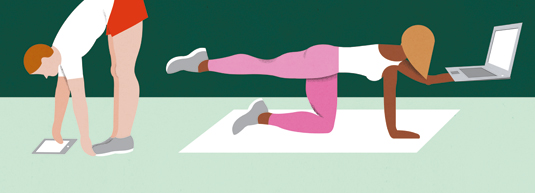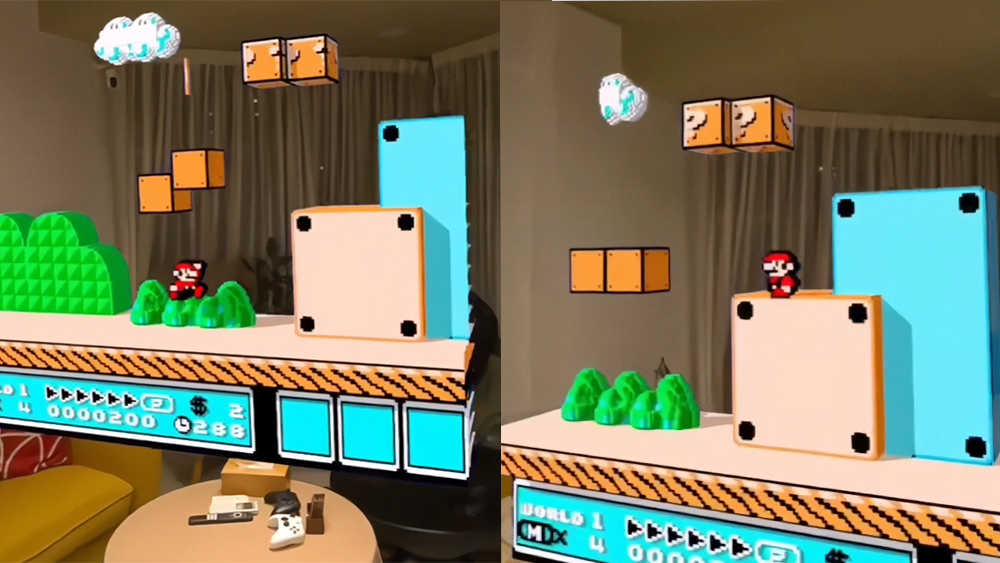6 ways for designers to stay healthy
Step away from the stylus and ensure you have a happy and healthy creative career with our pro guide.
Step away from the stylus and get back from that Mac: even if you have all the tools for graphic designers, being a designer can be hazardous to your health. The job you love could be doing serious damage to your body and to your brain.
Some of you already know this. We used social media to find out how readers felt their jobs had affected their health. Here's what we found...
Health issues for designers
The results showed that 15 per cent reported back problems, 15 per cent headaches and migraines, 13 per cent eye problems and 11 per cent repetitive strain injuries such as carpal tunnel syndrome; six per cent reported obesity and five per cent circulation problems.
There were other serious issues too, with 17 per cent of you reporting psychosocial issues such as stress and depression, 12 per cent sleep problems and seven per cent relationship problems.
So what's going on – and more importantly, what can we do about it?
A passion problem
Dr Gail Kinman is professor of occupational health psychology and director of the Research Centre for Applied Psychology at the University of Bedfordshire; she's studied the effect work has on our physical and mental health. As she explains, creative people are at risk of certain conditions because we like what we do. "It's all about job involvement," she says. "People who do this type of work breathe it."
As Dr Kinman points out, the flow that creatives experience – "when you are completely and utterly absorbed in what you're doing, when the demands of what you're doing are slightly beyond your capabilities" – is good for your wellbeing, but it can be bad for your health.
Daily design news, reviews, how-tos and more, as picked by the editors.
"You're not aware of time passing, you're not aware you're hungry, you're not aware that you're sitting awkwardly." If you're sitting with poor posture and poor ergonomics for long periods of time, back pain and repetitive strain injuries are likely to say hello sooner rather than later.
The good news is that you can change this. Here's how...
01. Pay attention
You can ward off many injuries with a bit of attention – the best office chair, or the best best office chairs for back pain you can afford and an ergonomically arranged desk, good lighting, a comfortable mouse (see our best mouse guide) and a posture that keeps you upright with your arms and legs at right angles. But one of the major threats to designers is lack of exercise.
If you're solo or part of a relatively small team, then the combination of tight deadlines and long hours can make it difficult to find the time or the motivation to eat well and exercise regularly – and that can be fatal, especially if when you go home you relax in front of another screen instead of doing something for your fitness.
The long-term consequences of poor diet and lack of exercise include obesity, type II diabetes, circulation problems, back and neck problems, heart disease, and increased risk of some cancers.
02. Exercise while your work

Some creatives have decided that the best way to address that is to exercise while they work, or at least to abandon the chair and work standing up.
Proponents of standing desks and treadmill desks – which are exactly what they sound like; desks attached to the kind of treadmill you'd find in a gym – say they help burn calories and help you live longer. But critics point out that standing all day can cause arterial disease and varicose veins, and if your posture isn't perfect, they can contribute to back problems and repetitive strain injuries.
03. Take a walk
You're better off taking regular walks – especially if they involve meeting up with people. "I'd say do something physically different from being at work, especially if your place of work is also your place of leisure," recommends Dr Kinman.
While the 'genius is close to madness' cliché has now been comprehensively debunked, the nature of creative work isn't always good for your mental health. Tight deadlines, tough requirements, job insecurity and the stress and strains of getting paid can make life miserable. It's particularly pronounced if you work from home or remotely, where you don't have the interactions you'd have with colleagues in the office.
"There is a very prominent model of job stress that is based on high demand, low control and social isolation," Dr Kinman says. Together, those factors have been linked with serious illnesses including coronary heart disease and depression, but you don't need to change all three to make your work less stressful.
It's the combination of all three that hurts, so for example you might be juggling major deadlines, working all the hours God sends, and missing your friends or loved ones.
04. Social support is vital

"Social support is one of the most important factors," Dr Kinman says. "What we need to do is to replenish ourselves, and social support is a very important part of that." The support might be listening to you vent, or taking your mind off things, or practical support. All of it helps.
Can you get the same support from social media? Dr Kinman isn't convinced. "Social support for creative people can be strange," she laughs.
"You want people when you need them, but you want them back in their box when they start interfering with your work. Social media is very good for that, because you can do that management. But of course that means you won't have the deep social interaction that you need."
05. Know yourself
As Kinman points out, there's a difference between serious stress and depression and having a few bad days or feeling overwhelmed by a client from hell. "It's about knowing your body and your mind, and listening to the signals," she says. "Depression and pre-depression can have a kind of flattening effect. There are feelings of low self-esteem, a lack of enjoyment of everyday activity, a lack of concentration. It's like a narrowing of your field of vision. Sometimes the people closest to you are better than spotting it than you are yourself."
06. Listen to Ice Cube
Being a designer is hardly one of the world's most dangerous jobs, but it's a good idea to look at what you do, when you do it and how long you do it for to make sure that your working life isn't going to hurt your heart or your head.
In the words of renowned workplace health and safety expert Ice Cube, you'd better check yourself before you wreck yourself.
This article originally appeared in Computer Arts. Subscribe here.
Read more:

Carrie Marshall is a journalist, copywriter, ghostwriter, broadcaster and musician from Glasgow, where she lives with her two children, a greyhound and more guitars than are strictly necessary. A professional writer since 1998, Carrie is particularly interested in how technology can help us live our best lives and has written thousands of features, columns, reviews and news stories for a huge range of magazines, newspapers, websites and trade publications including T3, Techradar, MacFormat, BBC, Sunday Post and People’s Friend.
